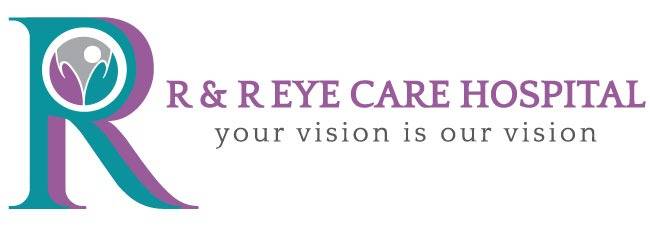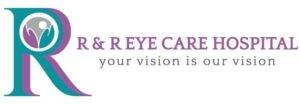Visual Acuity Test (Near Vision)
Refractive errors are one of the most common problems people face in the ophthalmological field. If one is facing vision issues like near-sightedness, farsightedness, astigmatism, and more, it is crucial to get in touch with an eye doctor to receive appropriate treatment. In this blog, we will delve into the visual acuity test, also known as the near-vision or letter test. It is usually performed with the help of an eye test chart or Snellen charts.
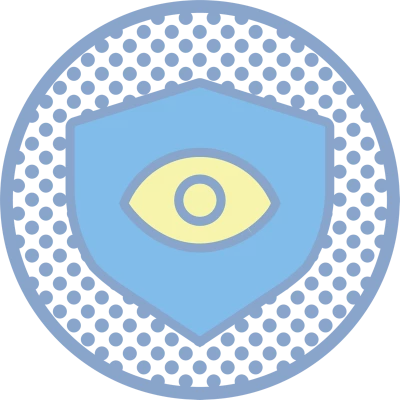
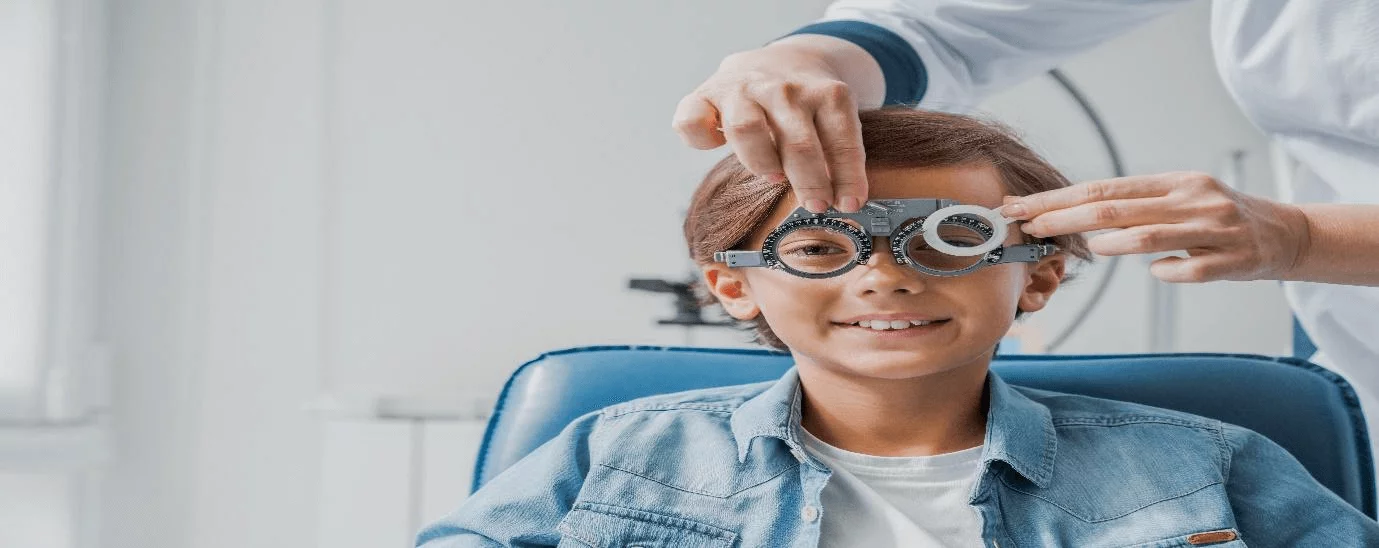
Let us begin by answering the most fundamental question—what is a visual acuity or eye test chart? In simple terms, it refers to an eye exam that comprehensively checks how well a person can see the details of a symbol or a letter from a certain distance. In addition, one can also describe a letter test as a person’s ability to discern the details and shapes of the things they see around them.
However, it’s imperative to keep in mind that this eye chart test is just one part of testing a person’s overall vision. Apart from this, the doctor also uses a variety of eye examinations to cover dimensions like depth perception, colour vision, and peripheral vision. Depending on the type of the near vision test, it can be carried out by an optometrist, optician, or optometrist. Further, let’s jump to how a visual acuity assessment such as an eye chart test is performed:
- Random E
- Acuity Test
In this eye test chart, the person is made to sit in a comfortable chair, and they have to identify the direction of the letter ‘E’ meaning, pointing out the way the letter is facing. Thus, by looking at the letter on a projector or an eye test chart board, the person is asked the direction of the letter (left, right, up or down).
If this test is conducted in an eye doctor’s office, the eye test chart or board might be shown or projected in the form of a mirror reflection. Therefore, the person will be asked to look at the board via multiple lenses, and the eye doctor will keep switching the lenses until the person is able to see clearly through one of them. This process helps figure out the ideal contact lens or eyeglass prescription if the person requires vision correction.
This widely prevalent eye chart is used to detect refractive errors. In this eye examination, the eye doctor uses Snellen charts of symbols or letters to understand a person’s ability to see distant objects. The letters in this test are of different sizes, neatly arranged in multiple columns and rows. Viewed from about 14 to 20 feet, this eye test chart determines how well a person can see shapes and letters.
While the doctor is performing the eye chart test, the person is asked to stand or sit at some distance from the eye testing chart board while covering one eye. The person is asked to read aloud the letters they see with the eye that’s not covered. Next, the person is asked to repeat the process with the other eye. Usually, the patient is asked to start with bigger letters that keep diminishing in size until the person cannot distinguish between the letters.
Know More About Visual Acuity Results Interpretation
The results of visual acuity assessments such as an eye test chart are usually expressed as a fraction in the medical field. For example, obtaining a 20/20 means that the person has to be 20 feet away to clearly see an object that people can see from 20 ft. away.
However, if your eye test chart does not turn out to be 20/20, it means that you require contact lenses, surgery, or corrective eyeglasses. In some cases, the person can also be diagnosed with an eye condition like injury or infection that requires immediate treatment.
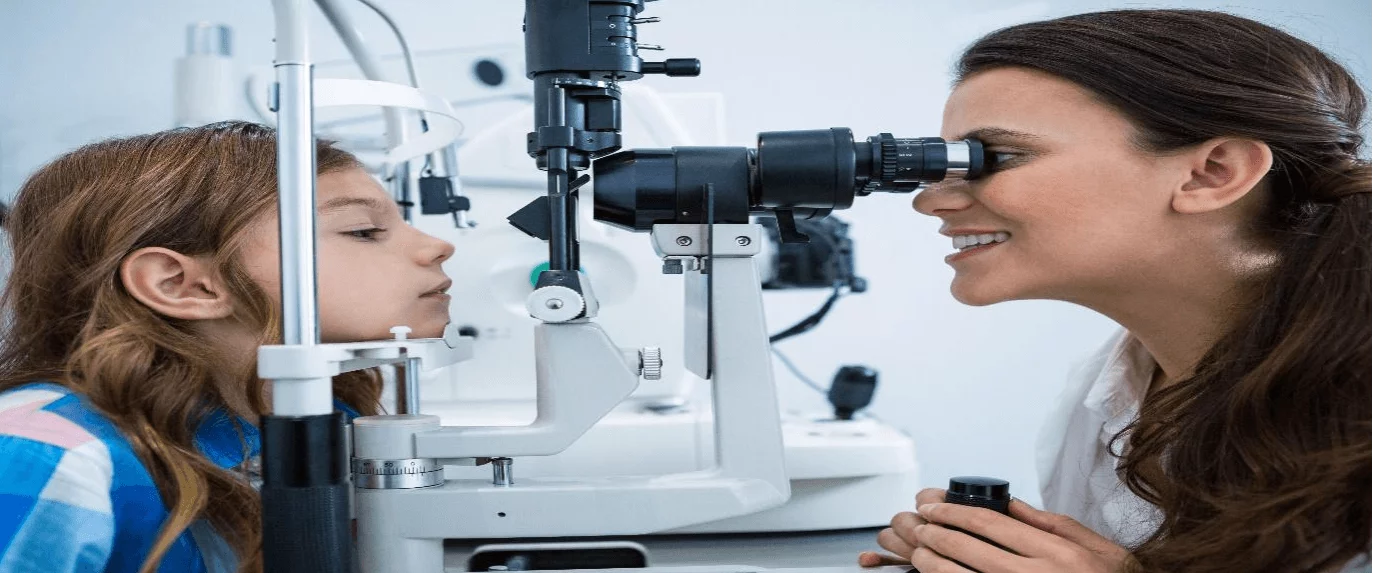
Most of the time, the eye testing chart gets wrapped within 10-15 minutes. However, it can take a little longer if the doctor notices a hint of infection, eye damage or any other eye-related disease. Nowadays, eyeglasses and spectacle shops also provide eye test charts of the Snellen chart by offering formal diagnoses.
However, it is crucial to consult a certified eye doctor in order to get your eyes tested. They are trained to check your eyes by offering safe and relevant solutions in the form of glasses, eye drops, surgery or, in some cases, home remedies.
R&R Eye Care Hospital: Offering Eye Check-Ups with Best-in-Class Ophthalmological Technology
At R&R Eye Care Hospital, we offer world-class eye care for a variety of diseases like diabetic retinopathy, cataract, glaucoma, macular hole, and more. Our top-notch facilities and services are available in 110+ hospitals in 11 countries with a competent team of 5+ doctors. Glued IOL, PDEK, oculoplasty, photorefractive keratectomy, and pneumatic retinopexy are some of the many treatments we offer.
We provide complete eye care across several specialities by seamlessly combining experience with exceptional knowledge and the latest ophthalmic equipment. Still, wondering why you should go for our medical services? Here are the reasons:
FAQ
-
What is visual acuity measurement?
As mentioned above, visual acuity is measured by using an eye test chart or Snellen charts. They are designed to measure how well a person can see from a specific distance; this originated the term ‘20/20’ vision. During this eye examination, the ophthalmologist will ask the person to read a set of letters, from the biggest to the smallest.
-
Where can I undertake a visual acuity test near me?
Even though visual acuity screening such as an eye test chart is available at almost every optical store, it is best to get in touch with an eye clinic or an eye hospital. Usually, every hospital has a separate eye department with the required ophthalmological equipment to carry out the visual acuity test.
-
What is the minimum requirement for a visual acuity test?
It is imperative to have an adequate field of vision of at least 0.5 on the Snellen charts scale (with contact lenses or glasses), using either both eyes or just the eye that has vision problems.
-
What is the most common way to test vision acuity?
The Snellen charts are the most popular visual acuity test, with its well-known rows of letters in escalating sizes.
The capital letter E used in the Random E test shrinks in size and rotates (up, down, left, right).
Other simplified ways of testing for kids and children.
-
What affects the eye acuity test?
There are several factors that affect eye test charts like visual angle, refractive error, illumination, and more. In addition, exposure, brightness and contrast all play major roles in determining visual acuity. On the other hand, glare, colour, pupil width, attentiveness and weariness are considered subordinate influences.
-
What is considered normal visual acuity?
The expression ‘normal or regular eyesight’ as opposed to perfect eyesight is considered to be 20/20. The term visual acuity refers to how clearly and sharply a person can see things and whether or not they are well defined. For eye care specialists in the United States, normal vision is referred to as 20/20 vision; however, this is not the case anywhere else in the world.
